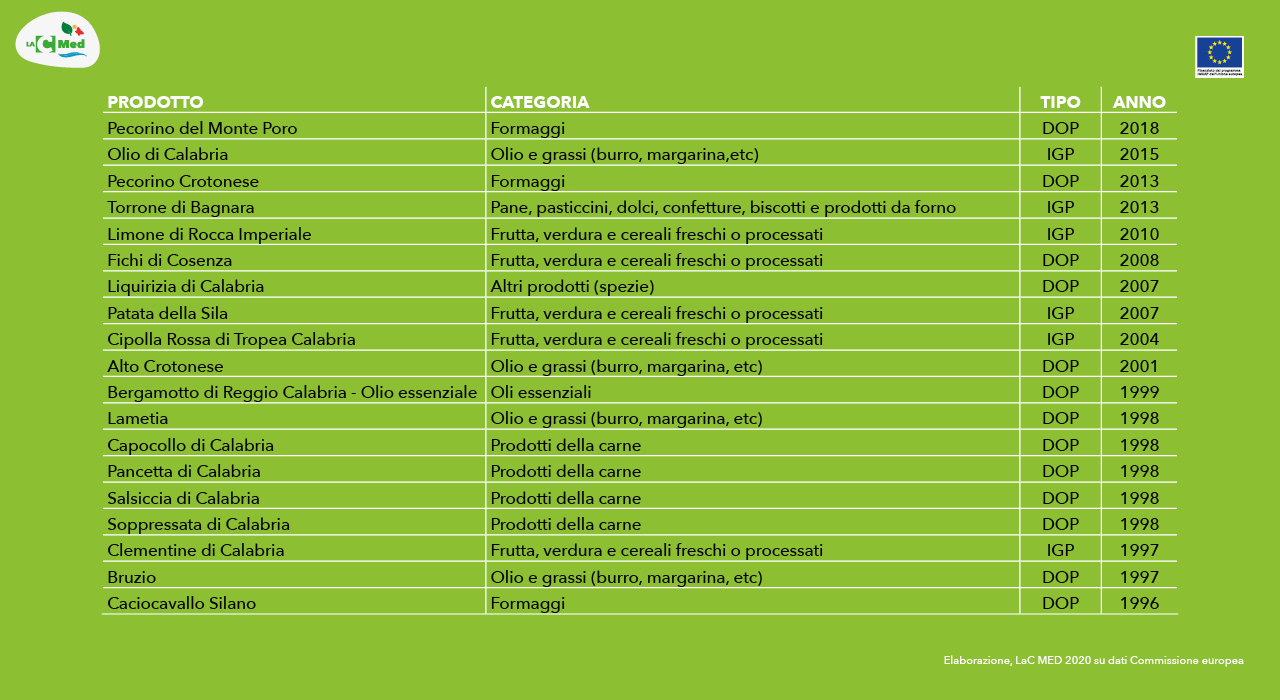Geographical indications are a key economic resource for the European Union and are part of the intellectual property rights system at EU level.According to recent research by the European Patent Office and EUIPO, the agri-food industries in areas with the highest concentration of geographical indication rights support some 400 thousand jobs across the EU and contribute more than 20 billion to the Union’s gross domestic product.The European Commission has estimated the value of annual sales of ID-protected products at EUR 75.7 billion per year, of which one fifth derives from exports of these products outside the EU.
Products which have been recognised as a geographical indication have a specific link with places, are listed in the registers of quality products and are also an important basis for negotiations within the framework of trade agreements between the EU and other countries of the world.Geographical indications include the PDO mark (Protected Designation of Origin) which applies to food and wine, PGI (Protected Geographical Indication) for food and wine products and Geographical Indication (IG) for spirit drinks and aromatised wines.The main difference between PDO and PGI is mainly related to the share of raw materials of the product from the identity area, or how much of the processing process takes place in that area. Italy is the country of the European Union that boasts the highest number of agri-food products with an identity mark, with 310 PDO, PGI and Traditional Specialities Guaranteed products and 525 wines.
Focusing exclusively on agricultural products other than wine, , 275 are uniquely associated with a region.Other products, they are identity cards for larger territories and may involve two or more regions.According to the most recent data of the European Commission (DG AGRI, updated as of November 27, 2020), the regions with the highest number of food products protected (exclusive of that region) are Sicily (34), Emilia-Romagna (28), Tuscany (24), Veneto (24), Campania (21) and Lombardy (19) and Calabria, Lazio and Puglia with 18 products that are uniquely attributable to their respective territories.More than 30 products, on the other hand, belong to larger areas of a single region, such as Grana Padano (Emilia-Romagna, Lombardy, Piedmont, Veneto and Autonomous Province of Trento) and CaciocavalloSilano DOP (Calabria, Campania, Molise, Puglia, Basilicata).In addition to CaciocavalloSilano, Calabria boasts among the excellences with an identity mark, another 18 products that are highlighted in Table 1 with indication of the category and year of registration in the European register of products in the protected name.

As reported on the website of the Ministry of Agricultural Food and Forestry Policy, the system of Geographical Indications of the EU protects the environment, because the indissoluble link with the territory of origin requires the protection of ecosystems and biodiversity and supports the social cohesion of the entire community.At the same time, thanks to Community certification, consumers with a higher level of traceability and food safety are offered more guarantees than other products.
References
EUIPO, 2019 IPR-intensive industries and economic performance in the European Union https://euipo.europa.eu/ohimportal/en/web/observatory/ip-contribution#ip-contribution_1
European Union, 2020, Study on economic value of EU quality schemes, geographical indications (GIs) and traditional specialities guaranteed
(TSGs) https://op.europa.eu/en/publication-detail/-/publication/a7281794-7ebe-11ea-aea8-01aa75ed71a1






